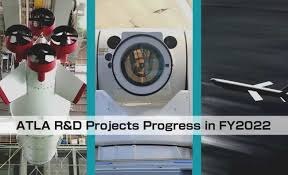
日本ATLA:開發艦載雷射系統
– 抵消無人機群攻擊
・海上自衛隊驅逐艦將搭載“SF武器”
我們將為您提供在 Trafficnews 上發表的文章摘要。

ATLA develops shipboard laser system:
A groundbreaking “game changer” that does not require ammunition replenishment is born
The Defense Development Agency will begin research and prototyping of a “shipboard laser system.”
Conceptual image of shipboard laser system:
The Ministry of Defense will respond to the threat of small unmanned aircraft in September 2024.
1. Conceptual image of a shipboard laser system.
2. Announced a policy to begin research and prototyping from fiscal year 2025.
Intercepting “drone swarm attacks”:
“Drone swarm attacks” are expected to be the leading threat in the future.
1. Drones used in swarm attacks are relatively inexpensive.
2. However, intercepting drones with conventional guided missiles is not cost-effective.
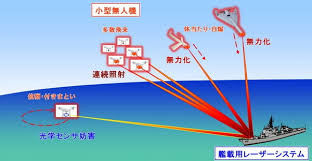
The importance of the “ship-based laser system”:
ATLA is developing a new weapon, a ship-based laser system, with the ability to jam optical sensors.
1. This new weapon shines a laser beam on the target, neutralizing drones.
2. It can continuously fire powerful lasers.
No need to supply ammunition even when a large number of drones fly in.
Basic policy of the Ministry of Defense:
1. Compared to guided missiles, the cost per use of a high-power laser is dramatically reduced.
2. It could be a game changer against small drone attacks.
The plan is to modularize and miniaturize the components in order to install them on ships.
It is also considering installing them on existing ships.
https://trafficnews.jp/post/135515
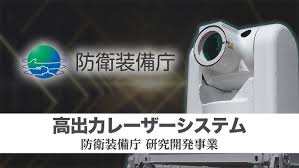
Japan’s ATLA: Strengthening electromagnetic wave and operational capabilities, defense technology base
Responsible department: Project Management Department, Defense Acquisition Agency
Evaluation conducted: August 2024
Research on shipboard laser system:
1. Use of lasers in the electromagnetic wave domain:
Expand the use of electromagnetic waves such as lasers to deal with small unmanned aircraft, etc.
2. Strengthen defense base by improving interception technology:
Ensure the ability to deal with drone and swarm attacks, etc.
Continue research on high-power lasers to intercept small unmanned aircraft, etc.

Research and development implementation period:
Total development project cost (planned) is 19.1 billion yen (total research and prototype cost)
1. Research and prototype will be conducted from FY2025 to FY2029.
2. In-house testing will be conducted from FY2027 to FY2030.
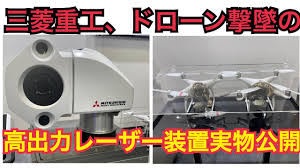
What is a laser irradiation control system:
Establish the technology required for a shipboard laser system.
1. Technology to precisely irradiate multiple targets with a laser from an anti-aircraft radar
2. Technology to transfer targets between multiple beam direction units to cover the entire circumference
3. Technology to direct the beam direction unit in the zenith direction
4. Technology to automatically determine the effectiveness of an attack on an irradiated target
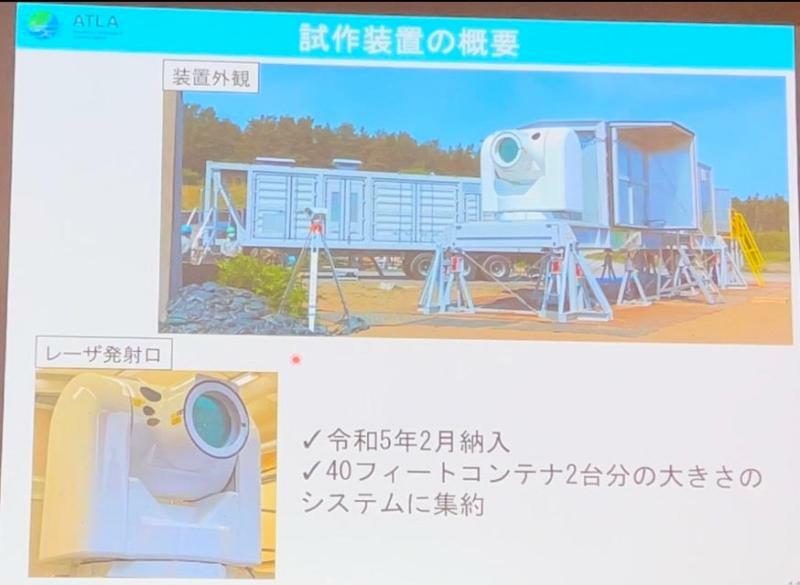
Verification of suitability for shipboard installation:
The following technologies necessary for installation on ships will be established.
1. Technology to ensure environmental resistance to hull rolling, sea spray, etc.
2. Technology to enable installation on new and existing destroyers
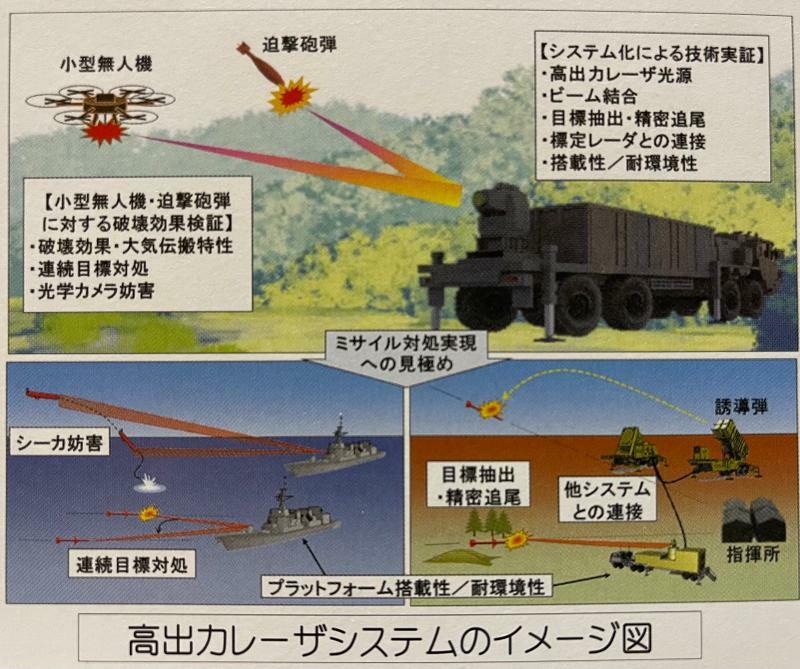
The latest technology for high-power lasers is essential:
Deal with large numbers of small drones by using soft kill (jamming optical sensors).
1. High-power lasers irradiate high-energy laser light at the speed of light.
2. It has instantaneous response capabilities, and continuous laser firing is possible if power is supplied.
3. Compared to guided missiles, the cost of each response is dramatically reduced.
The large numbers of small drones arriving will be dealt with using soft kill (jamming of optical sensors).
https://www.mod.go.jp/j/policy/hyouka/seisaku/2024/pdf/jizen_02_honbun.pdf